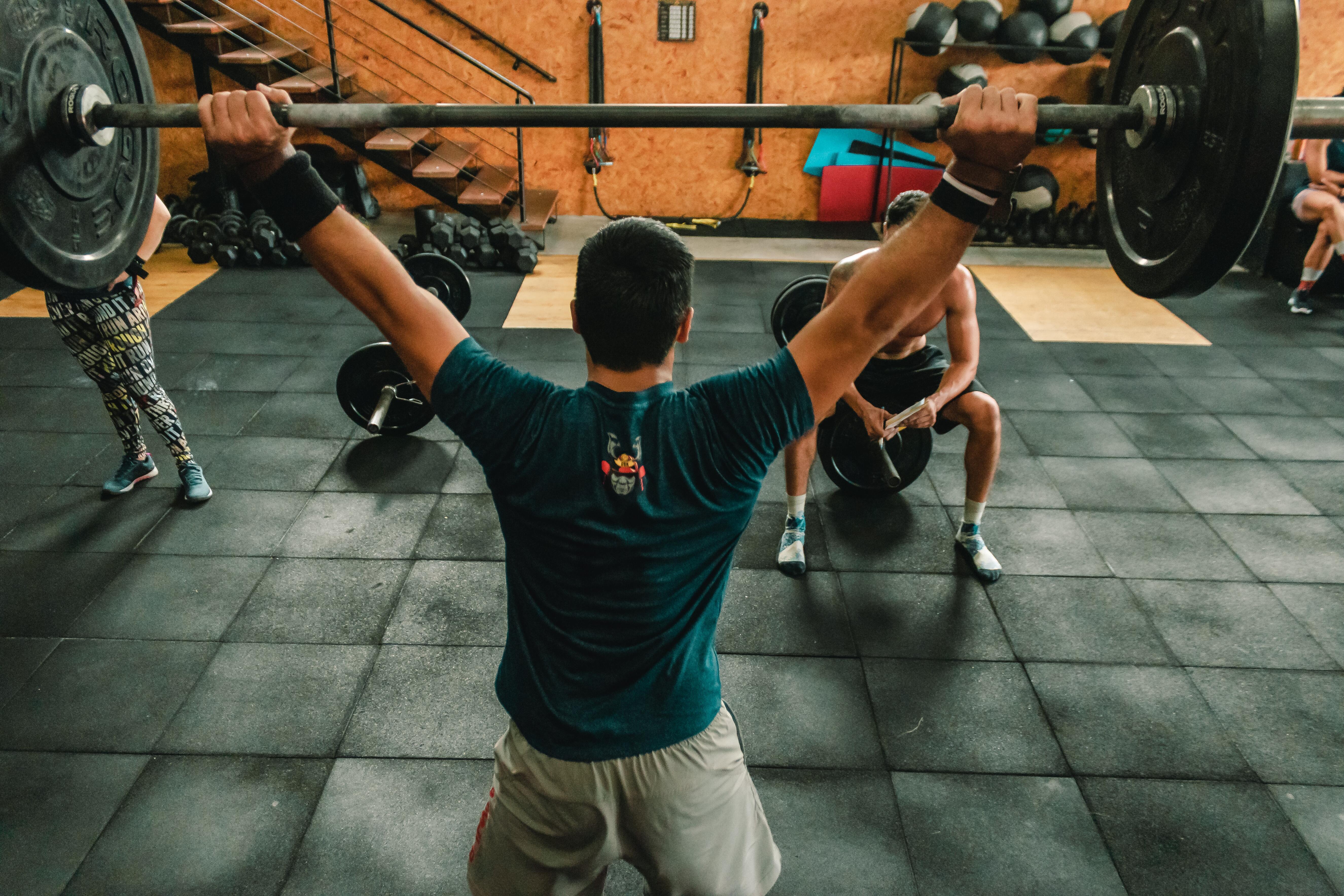Cardio, otherwise known as cardiovascular exercise, is defined as any sort of exercise that increases your heart rate to a high level and stays steady for a prolonged amount of time.
This can involve any aerobic exercise like sprinting, jogging, or cycling. It can also be strength training and resistance exercises that we commonly associate with building muscle mass more than fat burning.
We recognize cardio activities such as running on the treadmill, biking, and rowing as great ways to stay in shape at the gym or in the comfort of your home. Well, what exactly does cardio do that makes it so sought after by fitness goers? Read more to find out!
Benefits of Doing Cardio
If you’re into other forms of exercise that don't include cardio, cardio could be an excellent addition to your exercise regimen.
Cardio has a wide range of health benefits, especially when increasing your aerobic capacity so that you can perform workouts more efficiently in the long run.
Along with improvements in your blood pressure levels and heart health, regular cardio exercise will prevent your heart from overworking itself all the time. This simple change can produce several health benefits to your lifestyle.
Physical activity guidelines recommend that Americans aim for at least 150 minutes of moderate-intensity exercise every week. Of course, if burning fat and toning muscle are part of your fitness goals, incorporating some additional low-intensity exercises on rest days and integrating resistance training into your routine will go a long way.
Appearance
This type of exercise can help your skin look great, help you lose weight, and may even help reduce your risk of cardiovascular disease.
Regardless of the exercise movement, active cardio may promote a healthier complexion due to increased blood circulation.
Cardio will exercise your muscles (obviously), which will increase their oxygen supply to provide a path for your muscles to have more strength and endurance over time. This aspect is very important as we learn more about how to ease the body into cardio training for the first time!
Along with exercising properly, healthy dieting can dramatically and safely aid weight loss. As a result, this can lead to a less likely chance of contracting type-2 diabetes and cancer, and it may decrease your risk of heart disease, high cholesterol, or high blood pressure.
Cardio exercise can even enhance HDL (the good cholesterol) while lowering LDL (the bad cholesterol) to help keep your arteries clear and your cholesterol levels in good shape.
By consistently doing cardio, your body’s ability to circulate blood at a higher rate will allow you to burn more calories and fat during the day.
Brain and Joint Muscles
On top of the smaller chances of coming down with heart disease, better cardio implementation can lead to less likely chances of stroke and Alzheimer's Disease.
It also greatly impacts joint health — regular cardio exercise may reduce the risk of osteoporosis and the potential hip fracture. Cardio may help maintain range of motion in the joints and better manage arthritis as well. Cardio exercise can even help boost endorphins to improve your mood.
Lungs
This seems like the obvious area of the body that cardio will most affect due to the nature of what this type of exercising entails. Cardio increases your heart rate while simultaneously decreasing the amount which you have to breathe in terms of frequency. It can cause a positive chain reaction, including reductions in fatigue, shortness of breath, and lung problems down the road.
Sex
Yes, that’s right - physical activity has been reported to help sexual drive! Performing routine cardio and staying active improves erectile function in men, whereas positive body image for women increases their psychological health and well-being. To put it frankly, incorporating cardio exercises into your daily workout regimen will translate to the bedroom.
Sleep
Cardio gives people a “natural high” due to the endorphins your body releases from burning energy. This also gives you lasting energy throughout the day but does the opposite when it’s time to go to bed.
Cardio has been proven to help people fall asleep faster and increases the likelihood of REM (rapid eye movement) sleep. Rest can also help promote a normal appetite, support your metabolism, and improve your focus.
Not only does cardio help your body fall asleep at will, but it’s a great way to potentially avoid common illnesses such as a cold or flu. This exercise builds people’s immune systems up and might even help you live a few years longer than usual.
How Often Should You Do Cardio?
Although there’s no correct answer because it varies upon the person - it’s generally admitted that five days of cardio per week with at least thirty-minute sessions at a moderate pace is the standard.
Others might prefer more vigorous routines for the same amount of time, but these don’t need to be done as frequently if that’s the case. For someone who’s trying to get in shape or lose weight, try two days of moderate cardio and two days of vigorous training or high-intensity interval training (HIIT training) for those four days.
Interval training has been proven to burn fat and calories at a faster rate than traditional cardio routines, but it can be done in much smaller amounts of time if need be. These training sessions are more intense due to the shortened rest time, but HIIT workouts do an excellent job of keeping your heart rate at an optimal level (between 60-90 percent of a maximum level) well after exercising.
Once again, it generally depends on the person - it’s not smart to jump into a highly intense cardio training routine if you’ve never run consistently before. Be smart about how you build up your lungs to handle certain types of exercises. If you’re looking to try something that can be used at home, check out EnergyFit’s new dual-function Ski-Row Air machine - a first-of-its-kind dual-function Ski Trainer and Row Machine that can perform light to intense cardio sessions as well as HIIT workouts as well!
Incorporating Cardio Into Your Life
If you’re looking to get a fresh start in your exercising life and want to give cardio a try, here are a few tips to consider before you jump into it!
First, don’t overtrain your body; it’s very important to build yourself up to tolerate more intense cardio exercise methods.
At first, you can literally do something as simple as a brisk walk around the neighborhood. Start by walking a specific distance and see how you feel after that before you reassess and decide what to do next.
You can eventually start to add factors in to make it more challenging along the way. The important thing to remember here is that even though it might not feel like you’re doing much at first, non-complex exercises like these burn lots of calories and still count as cardio!
Overall, cardio workouts are essential pieces to incorporate into your current exercise routine or something new to try if you’re not frequently active at the gym in the first place. They have a wide array of benefits for your body health as well as preventative disease measures for the future.
Sources:
Exercise and Cardiovascular Health | American Heart Association Journals
The (Many) Benefits of a Cardio Workout | Cleveland Clinic
Cardio 101: Benefits and Tips | Mayo Clinic
Exercise: How much do I need every day? | Mayo Clinic
Alzheimer's disease: Can exercise prevent memory loss? | Mayo Clinic
5 Common Questions About Sex and Your Heart | Cleveland Clinic
The Best Aerobic Exercises to Get Better Sleep | Sleep Foundation





Leave a comment
All comments are moderated before being published.
This site is protected by hCaptcha and the hCaptcha Privacy Policy and Terms of Service apply.